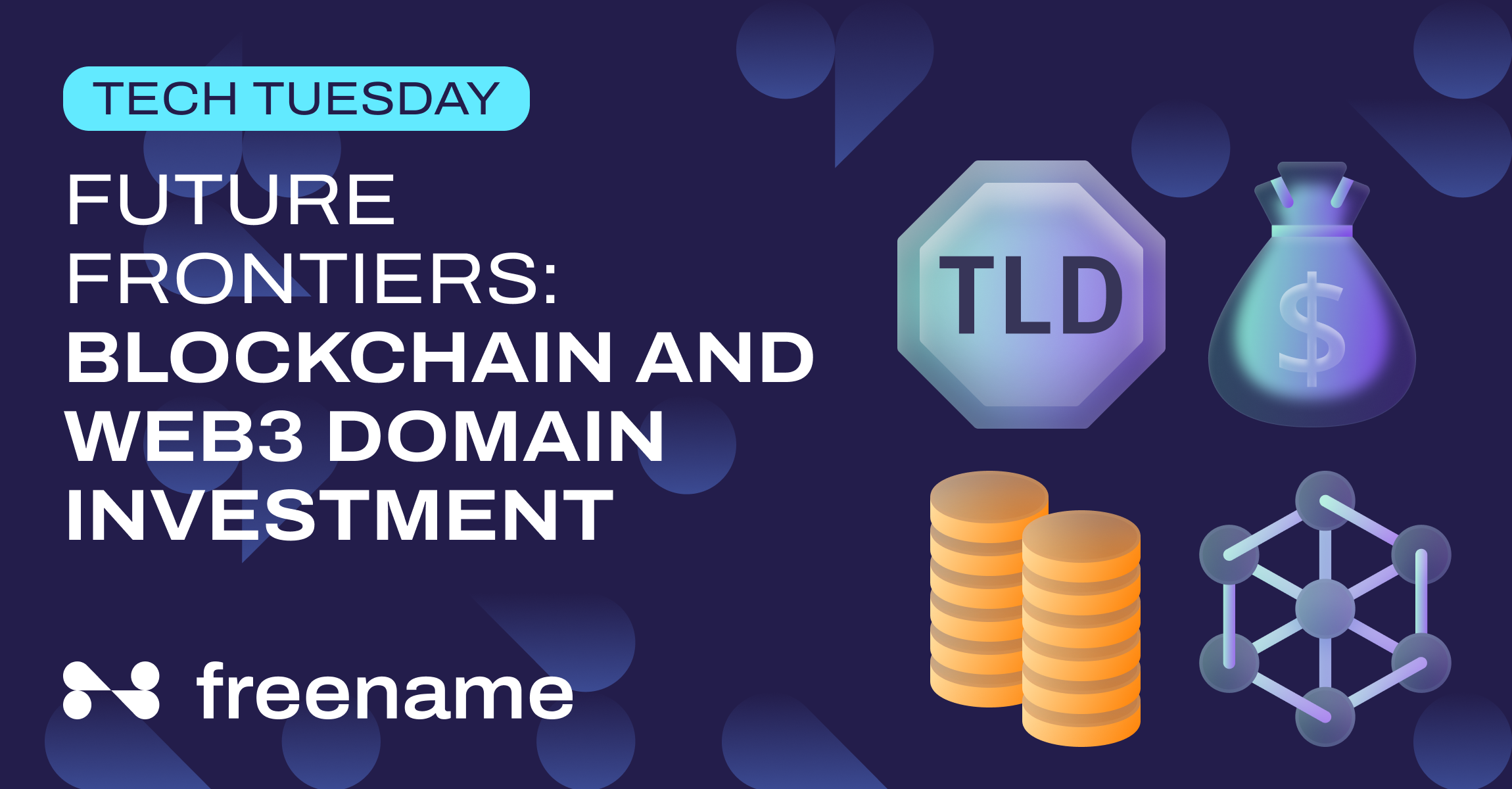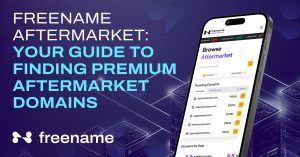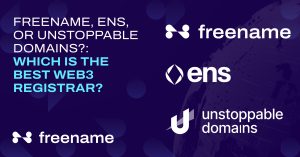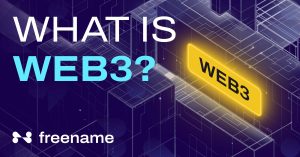Future Frontiers: Blockchain and Web3 Domain Investment
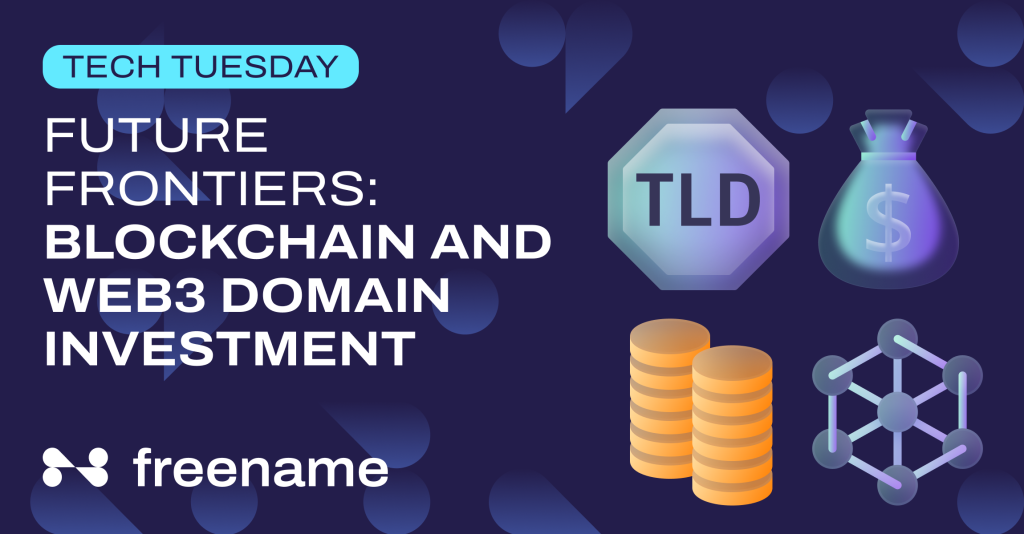
The landscape of the internet and its underlying technologies has evolved significantly over the years. And one innovation poised to redefine the domain industry is blockchain.
This decentralized, secure, and transparent technology is not merely a buzzword; it’s a transformative force to revolutionize how we manage, trade, and interact with domain names.
In this article, let’s explore the future frontiers of domain investing and how blockchain and Web3 will rule the industry together.
Blockchain and Web3 Domain Investment
The current architecture of the internet is referred to as Web2. At the core of it are centralized servers, websites, and organizations that control the flow of information. We have servers storing the information in a centralized place, websites like Facebook and Google controlling the traffic, and organizations like ICANN serving as authoritative bodies.
While the case can be made that each of them is necessary, they’re also limiting. Limiting in that they act as brokers or go-betweens.
Web3 holds the potential to change that.
Web3 is a conceptual framework and vision for the next generation of the World Wide Web. While Web1 was characterized by static web pages and the early days of the internet, and Web2 marked the rise of social media, user-generated content, and interactive web applications, Web3 is poised to bring about a paradigm shift by introducing decentralized, trustless, and user-centric principles.
And at the core of Web3 is blockchain. The technology, by now, is familiar to everyone in the tech space, thanks to products like NFT, Bitcoin, and Metaverse.
And it will impact the domain industry as well. In fact, that has already begun. Companies like Freename and Unstoppable Domains are already leveraging blockchain technology to offer Web3 products.
There are a few ways blockchain will impact domain investing in the coming years.
Blockchain Makes Architecture Decentralized
As already stated, the Web2 architecture is centralized, with a handful of companies and organizations making the decisions. Blockchain will make the architecture decentralized and put the decision-making back in the hands of the users.
With decentralized systems, users can decide how to govern the platform and what content, products, or services to host without seeking approval from regulators.
User Ownership and Control
Centralized platforms often collect and control vast amounts of user data, leading to privacy concerns and data breaches. Decentralized identity systems and blockchain-based solutions enable users to own and manage their data, deciding when and how it is shared.
Blockchain also solves the censorship problem. Decentralized content distribution systems, powered by blockchain and peer-to-peer networks, provide resistance against censorship. Website owners and content creators can publish and share without dependence on centralized intermediaries. Alternatively, they can also restrict access to certain groups or demographics.
Thus, blockchain would offer better ownership and control over the domain, content, and accessibility.
Smart Contracts
Domain registration and transfer processes often involve intermediaries, leading to delays and added costs. Not to mention the fraudulent activities that take place during domain transactions.
Smart contracts can streamline domain transactions, making them safer, faster, and better. These contracts are activated only when both parties meet certain parameters. And since they’re hosted on the blockchain, everything becomes verifiable.
Thus, the chances of domain fraud are reduced drastically.
Enhanced Security and Transparency
Traditional domain management relies on centralized authorities, creating single points of failure susceptible to cyber threats. According to a report by ICANN, domain hijacking incidents have been on the rise, emphasizing the vulnerabilities of centralized systems.
Blockchain introduces decentralization, eliminating the risk of single points of failure. The decentralized ledger also ensures tamper-resistant domain ownership records, reducing the likelihood of unauthorized transfers.
Anyone can look up to the ledger and verify the ownership details of the domain. This makes the domain transfer process much more transparent.
Opens up Newer Business Models
Last but not least, blockchain would open up new business models for domain owners. For example, Freename allows anyone to earn passive income from their TLDs. This wasn’t possible in the Web2 architecture. As the landscape matures, several new business models will rise.
The best part about blockchain is it’s here to stay. Blockchain isn’t one of those hyped-up technologies (Google Glass, anyone?) that fade away after a year or two. El Salvador has already announced Bitcoin as a legal tender. Malta is quickly becoming a blockchain island. It’s only a matter of time before other countries catch up.
Thus, blockchain-backed domains are the future, and getting in early is the key.

